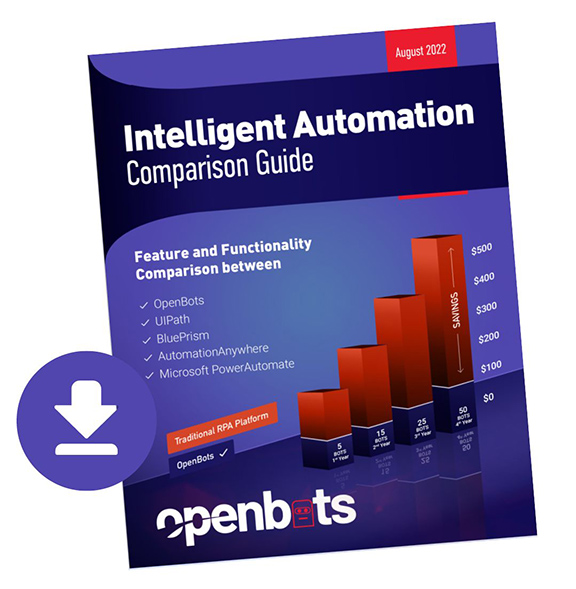Robotic Process Automation Benefits for Healthcare Institutions
Robotic process automation (RPA), is a technology that allows businesses to automate repetitive and time-consuming tasks, freeing up human employees to focus on more value-added activities.
In the healthcare industry, RPA has been widely adopted to improve various aspects of operations, including patient care, administrative tasks, and revenue cycle management. In this article, we will explore how healthcare practices use RPA to connect electronic medical records (EMRs) and electronic health records (EHRs) and automate patient intake and revenue cycle management.
One way in which healthcare practices use RPA to connect EMRs and EHRs is by automating the process of transferring data between systems. By using RPA to extract data from EMRs and EHRs, healthcare practices can more easily share patient data with other healthcare providers, leading to improved patient care.
A healthcare practice might use RPA to extract data from an EMR and transfer it to an EHR, reducing the time staff spends on manual data entry and improving the practice’s overall operations.
Another way in which healthcare practices use RPA is to automate patient intake. By automating tasks such as scheduling appointments or verifying insurance coverage, healthcare practices can save time and improve efficiency, freeing up staff to focus on more value-added activities such as patient care.
Another example is a healthcare practice might use RPA to automate the process of scheduling appointments, reducing the time patients spend on the phone or waiting for appointments. This can lead to improved patient satisfaction and better patient outcomes.
In addition to connecting EMRs and EHRs and automating patient intake, healthcare practices also use RPA to automate revenue cycle management. By automating tasks such as billing and claims processing, healthcare practices can save time and reduce the risk of errors, leading to improved revenue cycle management.
For example, a healthcare practice might use RPA to automate the process of billing and claims processing, reducing the time staff spend on manual data entry and improving the practice’s overall operations.
Healthcare practices use RPA to connect EMRs and EHRs and automate patient intake and revenue cycle management. By automating repetitive and time-consuming tasks, healthcare practices can save time and improve efficiency, leading to improved patient care and better revenue cycle management.
About
Recent Posts
Related Blog Posts

Fax Data Efficiency: Practical Healthcare Transformation
To give you practical aspects of healthcare transformation, we brought in Reno, a healthcare transformation data expert. His focus? The intake side and referral processes…

Strained Clinical Operations and U.S. Health Outcomes
What is the state of U.S. Healthcare in 2024? Nathaniel Hemmer, a clinical operations manager for Kaiser Permanente, explores critical factors that could propel healthcare systems toward becoming high-performing organizations…

Where Transformation in Healthcare Technology Is Headed
Otto Sidan, the Sponsorship Co-Chair of HIMSS South Florida, discusses healthcare technology in navigating patient and process transformation…





